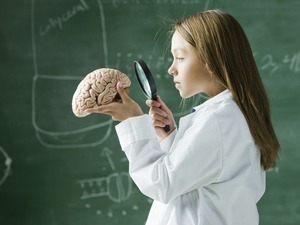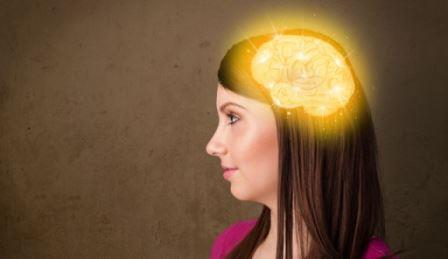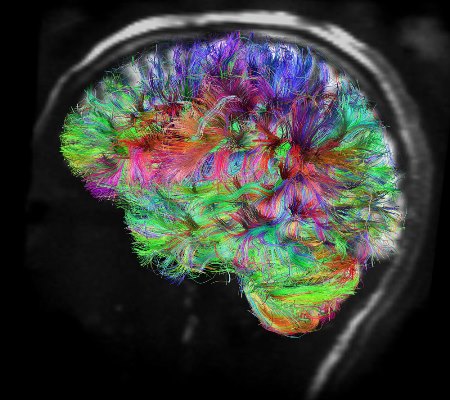Posts Tagged ‘ADHD-Treatment’
Study: A new psychosocial treatment for Inattentive ADHD
— Children with the inattentive type of ADHD (ADHD‑I) show high rates of attention difficulties without the hyperactive and impulsive behavior shown by children with ADHD Combined Type (ADHD‑C). The inattentive type of ADHD is quite common and is associated with significant impairment with school work, planning and organizational skills, processing speed, and peer relations.…
Read MoreStudy: Neurofeedback treatment for ADHD in only 12 sessions?
— Neurofeedback — also known as EEG Biofeedback — is treatment for ADHD in which individuals learn to produce and maintain a pattern of EEG activity that is consistent with a focused, attentive state. This is done by collecting EEG data from individuals as they focus on stimuli presented on a computer screen. Their ability…
Read MoreUpdate: How to hold off Alzheimer’s Disease 8+ Years (even APOE4 carriers)
___ Time for SharpBrains’ June 2014 e‑newsletter, featuring a wealth of insights, science reports, upcoming events, and fun brain teasers. First of all, let us highlight what may well become the research finding of the year. As you can read in Mental stimulation over genetics: How to hold off Alzheimer’s Disease 8+ Years, “For APOE4 carriers with…
Read MoreUpdate: For brain training to work, it must induce neuroplasticity in regions that matter
Time for SharpBrains’ May 2014 e‑newsletter. If you’re looking for new thinking, research and tools to enhance lifelong brain health and performance, you’re in the right place… New thinking: For cognitive training to work, it must induce neuroplasticity in brain regions that matter Which kind of mindfulness meditation to choose? Comparing sitting meditation, body scan, and mindful yoga…
Read MorePerspective: Neurofeedback treatment for ADHD is gaining strong support
Neurofeedback — also known as EEG Biofeedback — is an ADHD treatment in which individuals learn to alter their typical EEG pattern to one that is consistent with a focused, attentive state. This is done by collecting EEG data from individuals as they focus on stimuli presented on a computer screen. Their ability to
Read MoreStudy: Does Mindfulness Meditation training help adults with ADHD?
As awareness of ADHD in adults increases, so do efforts to develop effective treatments for adults that can complement, or substitute for, medication. One promising treatment is mindfulness meditation training.
Read More





